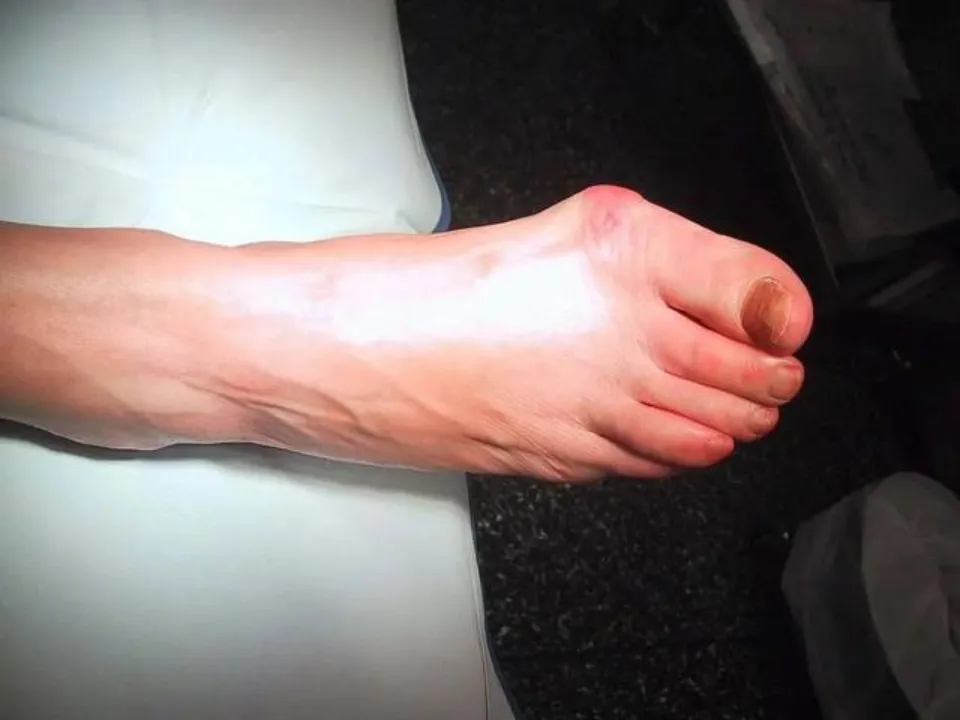
Bunion Vs. Bone Spur: Differences and Treatment Options
Conditions like bunions and bone spurs are common causes of foot pain, which can be extremely debilitating. But finding the right treatment depends on being aware of the variations between these conditions.
We’ll explore the signs, causes, and available treatments for bunions and bone spurs in this article, empowering you to make decisions about the health of your feet.
What is a Bunion?
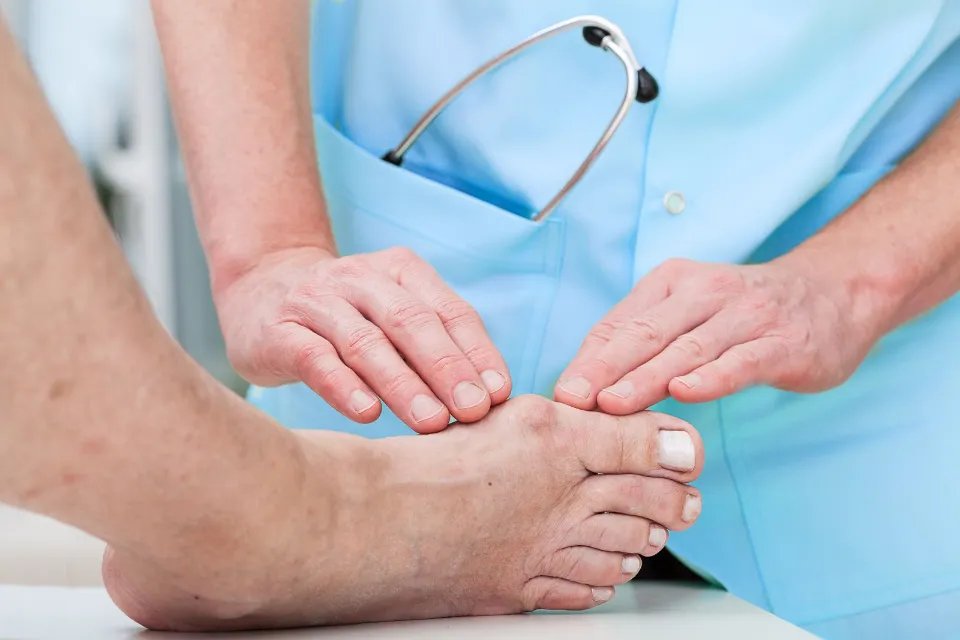
An indentation of bone on the inside of the foot is known as a bunion deformity. The first metatarsal bone, in particular, is to blame for the disorderly alignment of the bones. The big toe is pushed in the direction of the second toe by the bone’s inclination to the inside of the foot. Another deformity, the hammer toe, can be caused by friction and pressure between them.
The majority of the time, bunions hurt, which is what prompts patients to visit the doctor. In the vicinity of the big toe joint, they can also cause swelling and redness. Bunions can be predisposed to by genetics and lifestyle decisions (such as the shoes you wear).
Read More: Is Bunion Surgery Covered by Insurance
What is a Bone Spur?
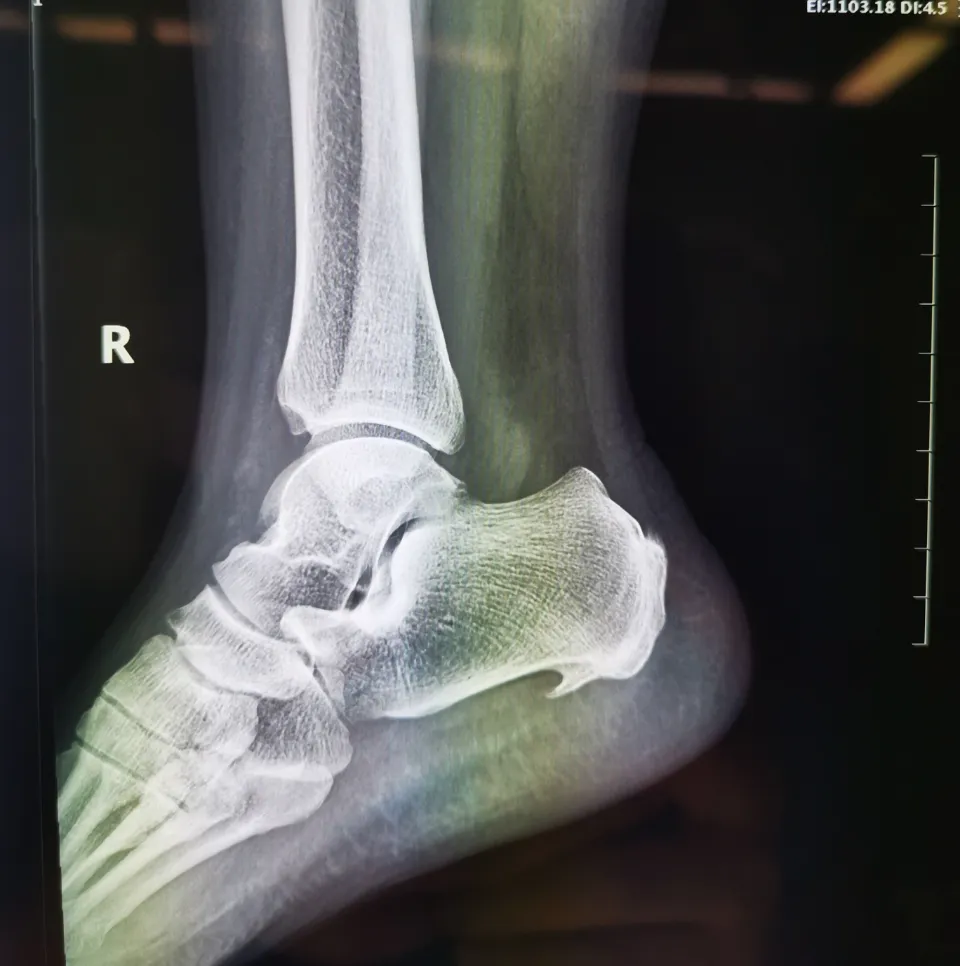
A spur is an outgrowth that typically forms at the edge of a bone as a result of continuous stress. All of the body’s joints, including the big toe and calcaneus bone, are susceptible to bone spur development. In contrast to plantar fasciitis, heel spurs are among the most prevalent types of bone spurs.
Osteoarthritis and rheumatoid arthritis are two examples of degenerative joint diseases that can result in bone spurs. Inflammation and pain will result from a bone spur that is large enough to compress the surrounding tissue of the injured joint. It typically forms covertly and eventually gets big enough to protrude into the tissue surrounding the spur.
A bone spur can cause pain that has been described as a sharp pain in the morning when putting weight on the affected foot and a dull ache in the area around the bone spur. Bone spur sufferers have additionally described stiffness and numbness.
Comparing Bunions and Bone Spurs
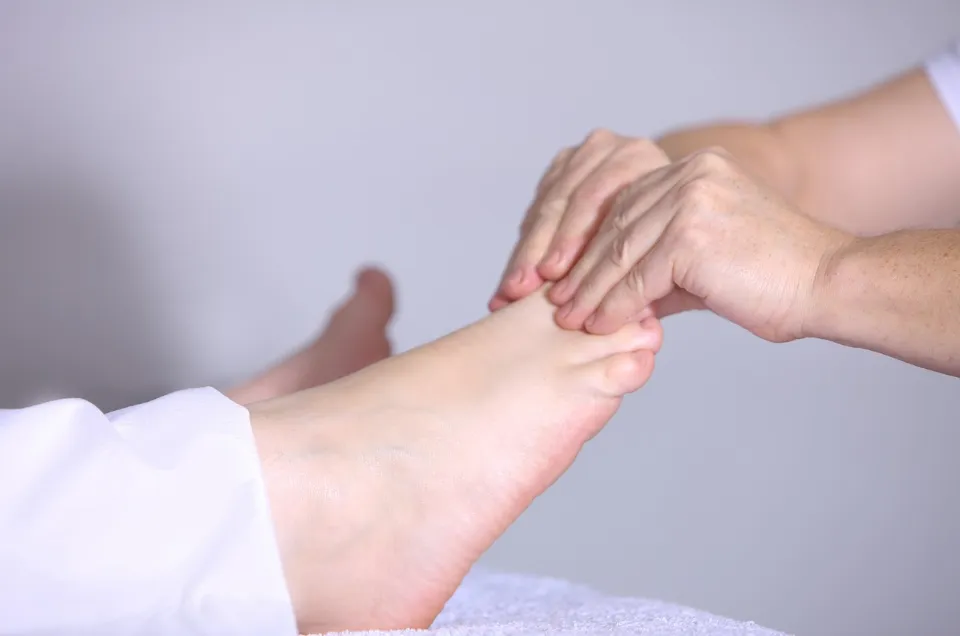
The formation of a bony lump in a specific area of the foot is the main similarity between bone spurs and bunions. Bone spurs develop internally and put pressure on the soft tissue structures in the foot, whereas bunions are visible as a bony lump at the base of the big toe. These illnesses are not severe, and the majority of people rarely experience any symptoms.
You will notice the big toe joint becoming slightly enlarged and inflamed from the early stages of bunion development. The big toe becoming angled towards the smaller toes will also cause you to notice the bunion slowly developing.
In most cases, bone spurs enlarge without the patient even realizing it. With continued walking or running, the bone spur will eventually grow to the point where it will protrude into the tissue and irritate it. Any joint in the body, including the calcaneus or underside of the heel bone, can develop bone spurs.
Similarities:
- Both bunions and bone spurs are a result of the foot’s bones deteriorating over time due to conditions like arthritis, aging, and repetitive stress.
- Both conditions have the potential to produce pain, edema, and discomfort in the affected area.
- Both bunions and bone spurs can be treated with less invasive techniques like surgery as well as more aggressive ones like rest, physical therapy, and over-the-counter painkillers.
Differences:
- Location: Bone spurs can develop anywhere on the foot or body, while bunions can develop on the joint at the base of the big toe.
- Causes: Bone spurs are the result of deteriorated bones, whereas bunions are typically brought on by the shifting of the bones in the foot.
- Appearance: As opposed to bone spurs, which are tiny bony outgrowths on the edges of bones, bunions are identified by a bony bump on the big toe joint.
- Symptom severity: Bone spurs can be painless or only mildly uncomfortable, whereas bunions can be extremely painful.
In conclusion, despite some similarities, bunions and bone spurs are two distinct conditions with different causes and symptoms.
If you have discomfort or pain in your feet, you should see a doctor right away because prompt treatment can help the condition from getting worse.
Your condition can be diagnosed and the best course of action for treatment can be suggested by an orthopedic specialist.
Treatments for Bunions and Bone Spurs
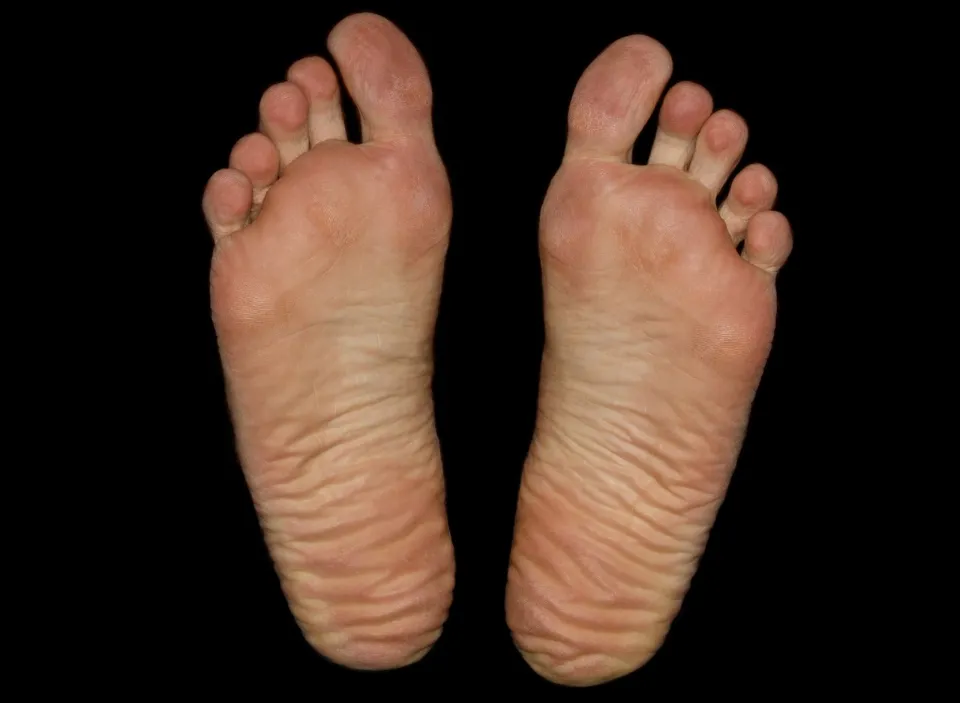
To treat the pain and inflammation associated with both conditions, you can apply ice to the sore areas. Rest will help the area’s inflammation to go down even more without aggravating the joint or the tissue surrounding the spur. Losing weight can help you feel better because it will lessen the force put on the inflamed tissue in both conditions.
The pain and inflammation that develop as these two disorders progress can be treated with medication. Anti-inflammatory medications without a steroidal component can ease these symptoms.
Treating Bunions
You can effectively manage the progression of bunion formation and even correct bunions without surgery by using orthotics for bunions in conjunction with bunion exercises. In order to reduce the stress on the forefoot and toe, bunion pads and specially made shoes will be helpful. Make sure your shoes have enough room in the soles for your forefoot and toes. Bunions’ symptoms may worsen in shoes with a narrow toe box and a hard sole.
Treating Bone Spurs
Exercise, orthotics, and medications to control pain and inflammation are all used in the treatment of bone spurs. By reducing pressure on the surrounding soft tissue, which is prone to inflammation due to the bone spur, symptoms can be lessened.
With the proper custom orthotics that effectively relieve pressure around the area of tissue surrounding the inflamed structure, you can experience a marked reduction in symptoms. The use of interchangeable orthotics in different shoes is a cost-effective way to handle this.
A combination of conservative treatment options might not be able to relieve your pain to the point where you can go about your daily activities pain-free in severe cases of bone spurs. A medical professional might recommend surgery to completely remove the bone spur when all other conservative treatments have failed. Following that, it might take some time before you recover fully. The doctor will typically advise taking some time off of your feet and using a supportive walking boot.

A longer time in a boot, possibly up to two and a half to four weeks, may be advised by the doctor for larger bone spurs. However, depending on your surgeon, you can usually resume exercise and sports three months after the operation.
It is advised that you seek medical advice from a qualified professional if you experience any symptoms associated with either condition that make it difficult or lessen your ability to walk.
Conclusion
In conclusion, common foot conditions like bunions and bone spurs can be painful and uncomfortable. They are distinct conditions with different causes and symptoms, despite some similarities.
Bone spurs and bunions can be prevented by exercising regularly, eating healthfully, avoiding repetitive stress, wearing comfortable, well-fitting shoes, and reducing repetitive stress.
It’s crucial to see a doctor for a proper diagnosis and treatment if you have pain or discomfort in your feet.
On how to avoid and treat these conditions, an orthopedic specialist can offer advice.





Average Rating